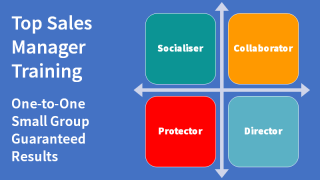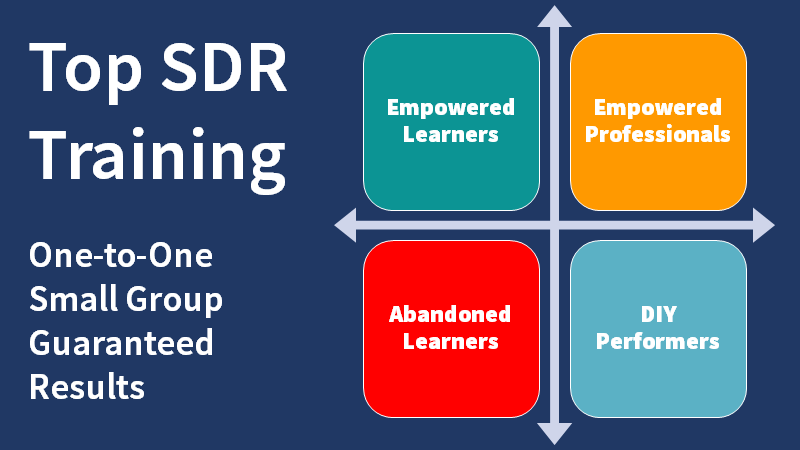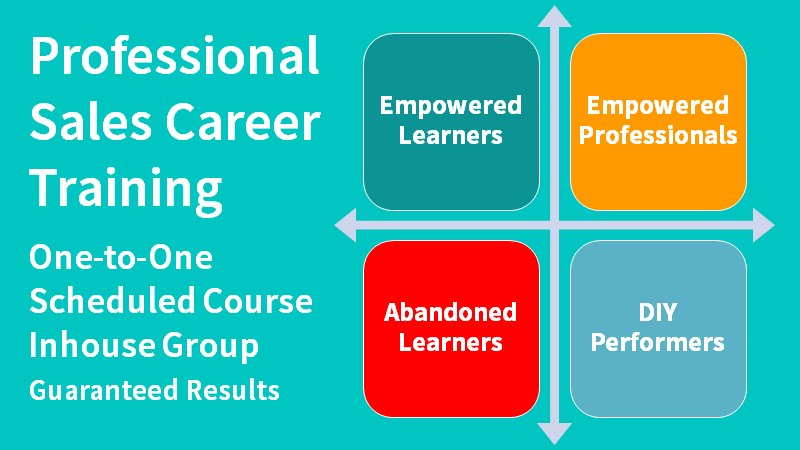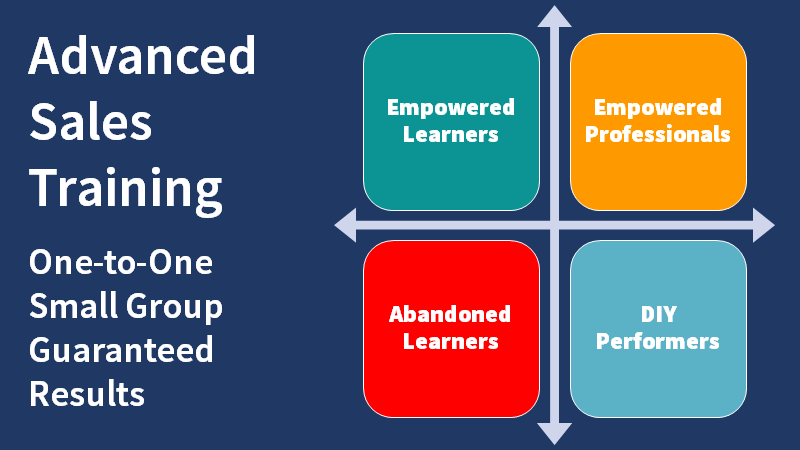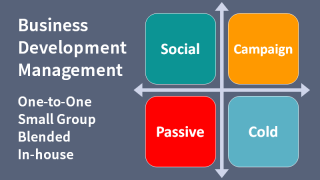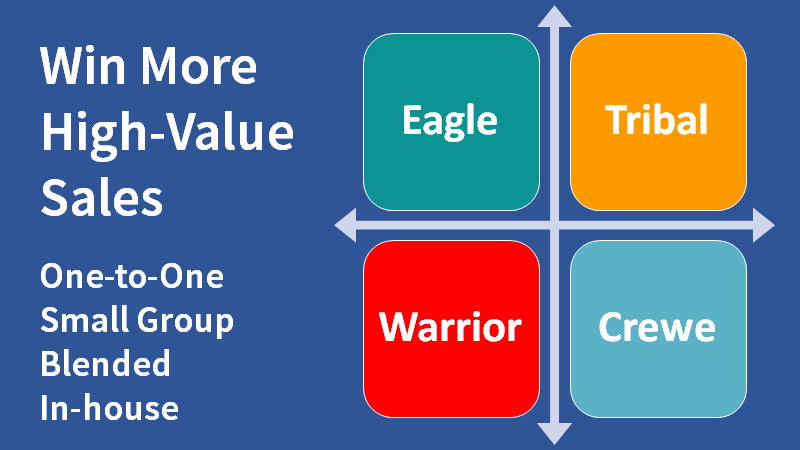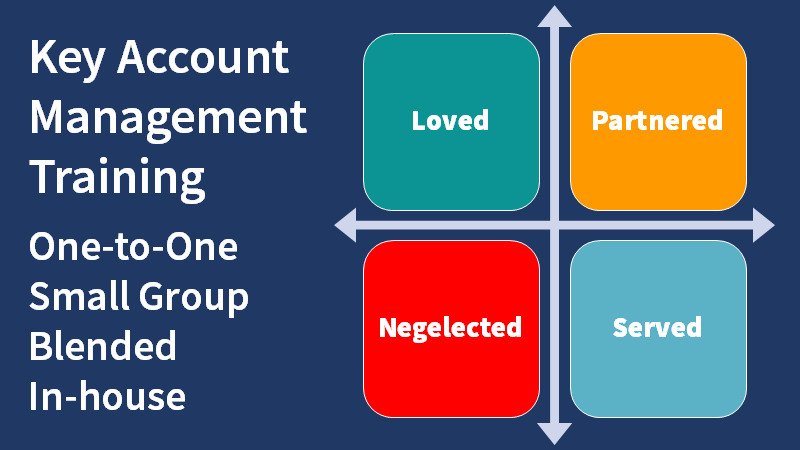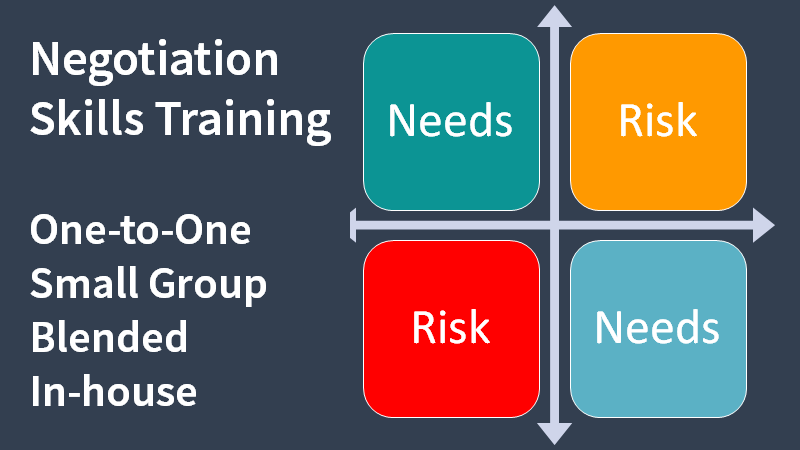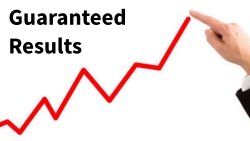Improving sales process steps to increase salesperson and sales team performance.
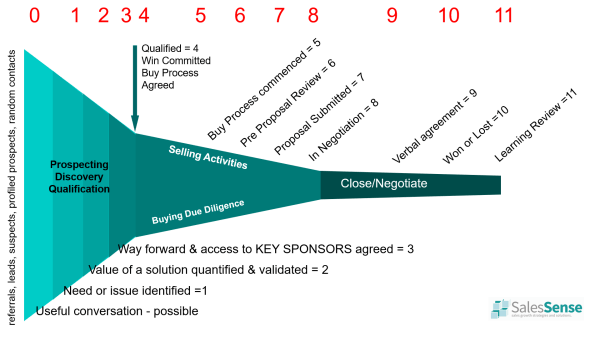
Lots of research indicates that having a sales process shortens sales cycles, improves forecasting, and increases sales results. Sales process steps put you in control.
What are sales process steps?
Sales process steps describe the natural flow of sales activities in the order that they should happen for a sales to go smoothly.
It might seem that having a structured process crushes innovation and creativity! Not a bit of it. Think of it like a checklist that ensures you make no dangerous miss steps. Imagine being a passenger on an airline when the pilot announced he was skipping the pre-flight checks to save some time. You might be a bit disturbed.
Perhaps comparing an important sale with a flight is a bit extreme. The failure of an aircraft in the air often results in death. Losing a sale you have invested vast amounts of your own and company resources in, isn't quite so disastrous, is it?
Think of sales process steps as a framework that you can use to avoid calamitous mistakes. More than this, sales process steps can keep your efforts in synch with a customer's buying process.
How can you create your own sales process steps?
Dave Kahle provides a comprehensive guide for identifying sales stages and sales process steps in this guest article:
One way to define the job of a salesperson is this:
Salespeople manage a sufficient number of customers step-by-step through the selling process.
It follows, then, that one way to improve your results is to clearly identify the steps in your selling situation's unique process, and then focus on moving each customer, one step at a time, methodically through that process.
There are a number of advantages to this perspective:
- You will know where you are in the process with each customer. This saves you time by eliminating much of the uncertainty regarding a project with a customer.
- It clearly points out the next process step, which allows you to be very focused on your sales calls.
- It provides a way of keeping track of multiple projects in large accounts. (For each project, where are you in the process?)
- It allows you to hone in on the different process steps which may be causing you difficulty, and improve in the skills and competencies that will bring you the most bang for the buck.
- It allows you a fairly accurate way to predict future sales.
- It provides you with a way to think about and discuss each account with your manager.
In spite of that, I rarely come across a company in the B2B world which has taken the time to identify the sales process steps that are most effective for its unique combination of markets, products/services, and sales resources.
Please note that I am talking about something more sophisticated than the simple formulas promoted by the generic models. We've all seen the four-step, five-step, or six-step generic approaches to selling life insurance, real estate or the latest network marketing opportunity: Get their Attention, gain their Interest, turn it into Desire, and motivate Action!
It really is difficult to apply those simplistic notions to the realities of managing a project through the labyrinth of end-users, managers, engineers, new products committees, and purchasing agents that is the reality with which so many B2B sellers contend.
One of my clients, a seller of big-ticket production equipment, identified 28 steps in their unique selling process. This brings us to the first principle of sales processes:
Every unique combination of product category, market segment and sales resources potentially has its own "best" sales process steps.
For example, if you sell flour to independent grocery stores via inside, telephone salespeople, you'll have one "best" process. If you sell a new concept in packaging to manufacturers of pharmaceutical products primarily through field salespeople, you'll have quite a different process. This can be true for different products to the same customer.
There is one sales process for selling a $20,000 industrial scrubber to a maintenance department of a large manufacturer, and a quite different one for selling the detergent that the scrubber uses.
Notice that it is the combination of ingredients that determines the best sales process steps.
So your sales process may be completely different than your competitor's. You may have more resources devoted to the Internet, for example. While your competitor may not have any Web-based marketing and instead rely upon the traditional field salesperson. Since your resources are different, your processes are different.
It doesn't take much reflection to observe that there is incredible power in developing a breakthrough sales process. For example, two of the most rapidly growing companies on the landscape today are Wal-Mart and Amazon. Notice that one of the most significant of their points of distinction is not the product that they sell. That's the same as what a lot of other people sell. It is their selling process.
Look at it from the point of view of the customer. The experience of buying from Walmart is dramatically different from the alternate process of buying from local vendors. Likewise for Amazon. While these two examples come to mind, the economic landscape is populated with hundreds of others.
It's not the product, it's the process!
While there is tremendous potential in developing a breakthrough sales process, that is probably not going to be the intention of most of the readers of this article.
Just understanding your unique selling situation, and then crafting an intentional process can be one of the most powerful initiatives you undertake. It will allow you to focus the power of your sales resources in a laser-sharp way, track every salesperson's progress, and improve the end result - more customers and more customers buying more!
Unfortunately, most sales managers have not thought this way. As a result, most companies have no articulated sales process. Rather, salespeople have been left on their own to determine how to do their job.
Ask about intentionally designed, reproducible processes and you hear a mumble of inarticulate meanderings.
The reality is that most commonly, every salesperson claims a unique situation, there is no accountability, and sales managers are left spending most of their time reacting to crises. It is time to change that.
Where to begin?
Formulate a strategic approach to using sales processes. Commit to the following steps:
- Develop some standard processes
- Train and equip your people with them
- Develop some tracking tools
- Review and refine the process and the execution of them regularly.
Let's discuss each of these separately.
A. Develop some standard processes
There are two basic selling processes. You should at least address these. First is the process of gaining a new customer. The second is the process of expanding the business with that customer. These two processes, after all, are the heart of the salesperson's job.
One of the most common complaints I hear from sales executives is that their salespeople don't prospect enough. They just don't bring in enough new accounts. It's entirely likely that they have never been taught how to do so. If that is true for you, then you need to rectify it.
What that means is that you must design a step-by-step process that articulates the important events the salesperson must execute to move a " prospect account to the point that they give you an initial order.
What must be done first, and next, etc.
Here's a generic process for the typical B2B seller:
A. Creating a Customer
- I.D. Prospects
- I.D. and Engage Decision Makers
- Qualify Prospect
- I.D. Opportunity
- Understand the Customer
- Develop Account Strategy
- Present Proposal
- Resolve Differences
- Close the Deal
Remember, this is just a generic version. You should refine yours to more accurately reflect your selling situation.
Here's a generic version of the second key process:
B. Expanding the Business with a Customer
- Manage the implementation
- Follow up and assure satisfaction
- Uncover additional opportunities
- Present proposal
- Resolve differences
- Close the sale
Once you have defined your processes, you can then move on to the next step.
C. Train and equip your people in them.
Now that you have identified the key steps to the process, you can focus on each of those steps and help everyone learn how to do it better. Let's take the first step of the first process: Identify potential prospects.
- How do you do that?
- What constitutes a legitimate prospect?
- How many should each salesperson accomplish each month?
- What tools do you have available to assist them in this step of the process?
Resolve each of these questions, and you have the basics for a two-hour training session to bring people up to a level of competency on the first step.
Now, onto the second step, third step, and so forth until every salesperson has been trained and equipped for every step of the process.
Then, you are ready for step three.
D. Develop some tracking tools
Understanding that the power is in the process, your job now is to track the progress of each salesperson, or each part of the system, as your company works the process.
You don't need to track every step in the process, just those that are essential: the Essential Events.
An essential event is a key step in the process that cannot be skipped. The event must happen or the process will not be complete.
Let's look at our first sales process and select three essential events:
- Step two: Meet and engage a decision-maker.
- Step five: Present a proposal
- Step seven: Close the deal.
How can we measure each of these?
The last is easy. When we see a Purchase Order from someone who was not previously a customer, we know the salesperson has completed step seven.
So, we arrange with our IT guy to deliver a weekly report of "Purchase Orders from new accounts." That's easy.
Now, what about the other two? After some deliberation, we come to the conclusion that they must be reported by the salesperson. So, you create an email-able form, that asks each salesperson, on Friday, to indicate the name of the individual and company of the prospects they met for the first time that week. Also on the form is a place to indicate the number of times this week they made a proposal to a prospect. They fill it out and email it in every Friday. Or, if you are using a CRM system, you just run the report from their call reports.
Regardless, every Monday morning, you review the company-wide implementation of your sales process steps.
Which now brings you to the final step.
E. Review and refine the sales process steps and their execution of them regularly
At the end of every month, you review your measurements and draw some conclusions. Which of the process steps went smoothly last month? Which didn't go as predicted? Where do you need to focus your time and efforts?
For example, let's say you discover that your sales force of one inside and six field salespeople had only 10 first meetings with decision-makers in prospect accounts. Your goal was 20. Clearly, there is a problem implementing that piece of the process. You'll never acquire the number of new customers that you want if you don't make enough initial contacts. So, at this month's sales meeting, you discuss the issue and discover that your salespeople are having trouble making appointments to see prospects.
You now hone in on that issue and brainstorm ways to overcome it. You select one to implement: You are going to deliver, by FedEx, a handwritten request from the salesperson for a meeting. You implement this refinement and watch the numbers. Next month, you direct your attention to that aspect of the process which most loudly calls for your intervention.
You are now deeply involved in the never-ending process of refining the execution of your sales process steps. And the power is in the process.
Article by Dave Kahle http://www.davekahle.com
If you need to reduce the cost of selling, improve forecast accuracy, or increase sales, develop a process. Identify your sales stages and the underlying sales process steps. If you need temporary help or expertise to document your sales stages and sales process steps, get in touch. Telephone +44 (0)1392 851500. Alternatively, send an email to custserv@salessense.co.uk for a prompt reply or use the contact form here.




